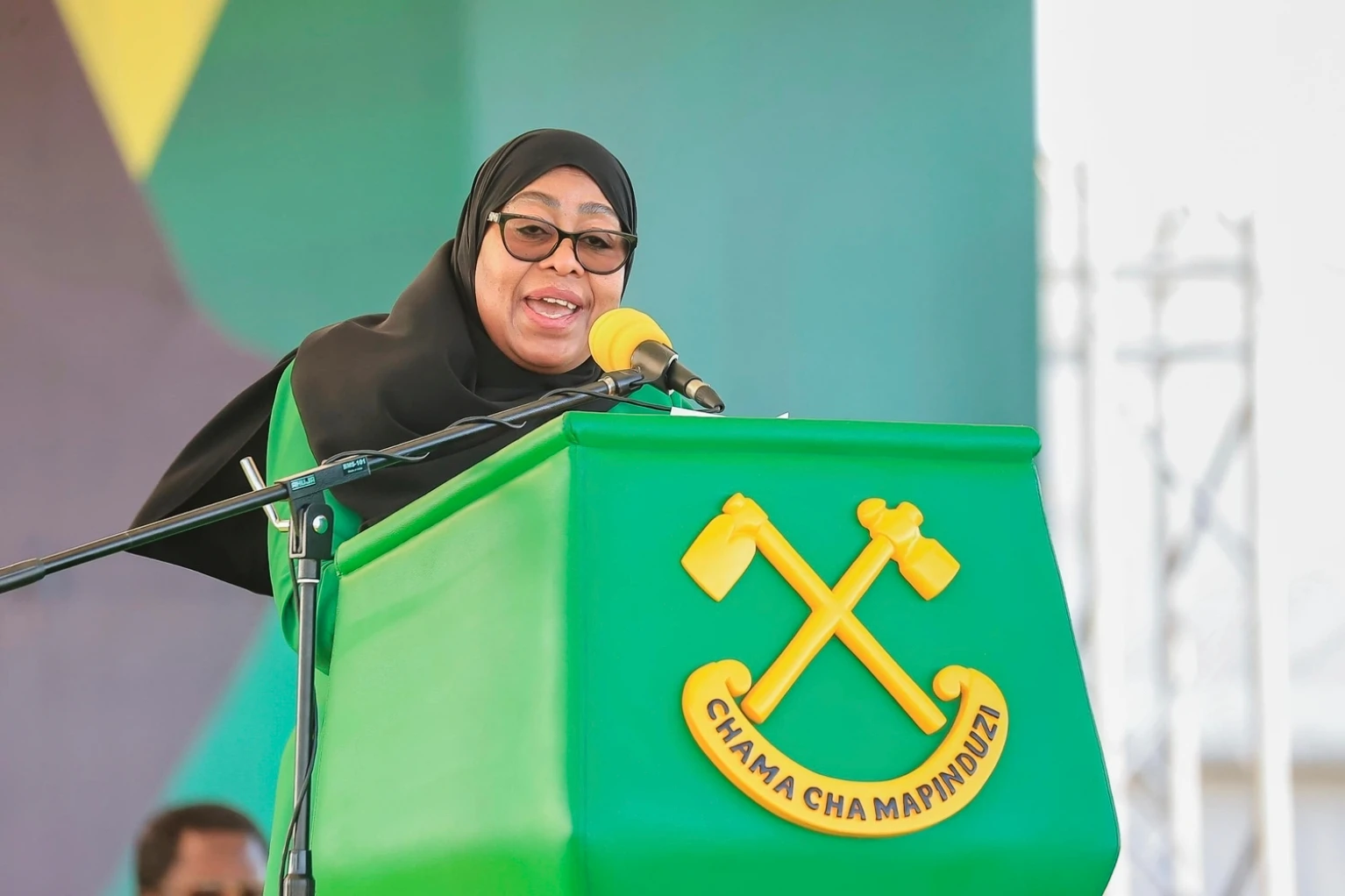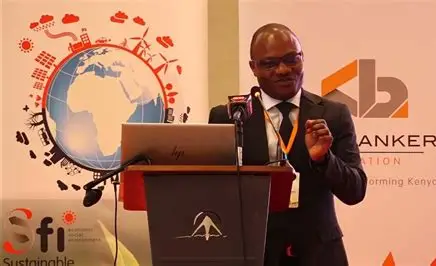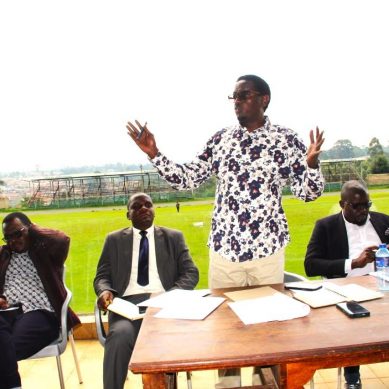
Survivors have identified six Arab paramilitary commanders and militia leaders who they say played a key role in directing the ethnically targeted violence in the Sudanese city of El Geneina that killed thousands and forced hundreds of thousands to flee the country.
The commanders and militia leaders directed their forces to shell densely populated displaced-persons camps and districts in the city with rockets and mortars, and were seen giving orders to their forces as the attacks unfolded, according to more than 20 people who survived the assault and are now living in refugee camps on Chad’s border with Sudan.
Much of the violence was directed at the ethnic African Masalit tribe, who comprised the majority in El Geneina until the attacks forced their mass exodus from the city. The violence, which began in late April and peaked in June, reignited in early November.
Some of the commanders identified by the survivors are part of the Arab-dominated Rapid Support Forces (RSF), a paramilitary that has gained the upper hand in a widening war with the Sudanese Armed Forces for control of the country. The others include leaders of Arab militia forces allied with the RSF. These militias have been involved in multiple rounds of ethnic violence against the Masalit and other darker-skinned African tribes over the past two decades.
Earlier this month, the United States determined that the RSF and its militia allies had committed crimes against humanity and ethnic cleansing.
In hundreds of interviews with Reuters since the purge of the Masalit began in April, survivors have described horrific scenes of bloodletting in El Geneina and on the 30-kilometer route from the city to the border with Chad as people fled for their lives. In attacks by RSF forces and allied Arab militias, survivors said, women were gang raped, babies had their throats slit and were clubbed to death, people were rammed by vehicles, burned alive in their homes and picked off in the streets by snipers.
Among the RSF commanders identified by survivors is General Abdul Rahman Juma, the paramilitary’s chief for the Sudanese state of West Darfur, whose capital is El Geneina. Five witnesses in the city placed Juma at the scene of attacks on Masalit civilians between April and June. Separately, the US government said in September that forces under his command were involved in the mid-June killing of the region’s governor, a Masalit politician – a charge Juma denied.
Survivors identified several other key players who led RSF and militia operations in the city: Idriss Hassan, a former RSF commander of West Darfur and currently a senior RSF officer; Massar Aseel, a top Arab tribal leader; the deputy of the slain governor, Al Tijani Karshoum; Arab militia leader Moussa Angir; and a militiaman known as Marfaeen, or “the Hyena.”
Massar Aseel (second from right) is one of the most influential Arab tribal leaders identified by witnesses as involved in directing the attacks. In this video posted on Facebook, he can be seen talking at a press conference where he blamed the Masalit for the outbreak of violence in El Geneina.
In July, the prosecutor of the International Criminal Court, Karim Khan, told the UN Security Council that his office had begun investigating alleged atrocities in Darfur, including sexual violence and crimes against children.
According to a person familiar with the probe, three of the people identified by the survivors for this story are being investigated by the ICC: Juma, Karshoum, and Aseel. The person, speaking on condition of anonymity because of the sensitivity of the matter, said the three men were the subject of allegations, which means ICC investigators have information suggesting they were involved in crimes. That does not mean the three would ultimately be prosecuted, the person said.
We could not independently corroborate all the accounts of the roles played by RSF and Arab militia leaders in the violence. But witnesses were consistent in describing the patterns of violence and sequence of events in the assault on the city. In some instances, multiple people provided similar details about the specific commanders they identified, such as the type of vehicle they travelled in, how they were dressed, the types of weapons carried by their forces or the districts where they were spotted.
Reuters is not publishing the full names of the survivors interviewed for this report to protect them from possible retaliation. The Chad-Sudan border is porous, and refugees say they have seen members of the RSF in markets on the Chad side of the border in recent months.
The survivor testimonies reached since the purge of the Masalit began this year, indicate the campaign against the tribe has been systematic and coordinated. Masalit men, from infants to adults, were targeted for killing in the attacks. Women who were human rights activists in the city were hunted down and raped. Largely Masalit-inhabited districts and refugee camps were shelled.
In September, the United States imposed sanctions on deputy RSF leader Abdelrahim Hamdan Dagalo “for his connection to abuses by the RSF against civilians in Sudan, including conflict-related sexual violence and killings based on ethnicity.” Dagalo, who has denied the charges, is the brother of RSF leader Mohamed Hamdan Dagalo, known as Hemedti. Hemedti has not been sanctioned.
The conflict in Darfur erupted days after the war broke out in the capital Khartoum between the Sudanese army and the RSF, who fell out over a plan to integrate their forces as part of a transition to democracy. More than seven million people have fled their homes since the war began, according to the United Nations refugee agency (UNHCR).
In Darfur, competition for land and water has fuelled years of conflict between Arab and non-Arab tribes. In the early 2000s, the Masalit and other non-Arabs rebelled after enduring repeated attacks from Arab forces. The government of President Omar Al-Bashir armed Arab militias known as the Janjaweed to help crush the uprising.
The RSF evolved from the Janjaweed. And like the Janjaweed, it draws its leaders and many fighters from the Rizeigat, one of the largest Arab tribes in Darfur. RSF leader Hemedti is a Rizeigat. He has said this year’s violence in Darfur is the result of a tribal conflict and his forces have no role in it.
Masalit leaders accuse the Arab forces of progressively driving them off their land. Now, they say, the RSF is trying to finish the job and expel them completely.
One of the most influential Arab figures identified by witnesses is Aseel, who is a leader of the Rizeigat tribe. Three witnesses identified him as one of the Arab militia commanders who led the attacks. A Masalit tribal leader in El Geneina said he saw Aseel in a neighborhood called Donki 13 in mid-June, traveling in a land cruiser and checking on the positions of Arab fighters.
In an interview with Reuters in September, Aseel blamed the Masalit for the outbreak of violence and said Arab forces were responding to attacks by the Masalit. The accounts given by the Masalit were “all lies,” he said.
Aseel denied he was a militia commander and said he had no relationship with the RSF. “I am innocent,” he added.
Aseel didn’t respond to follow-up questions for this story.
Weeks after the second round of purges against the Masalit in early November, a video was posted on an official RSF social media channel. Aseel, along with Juma and Karshoum, the deputy governor, are seen addressing an event in El Geneina billed as a “festival for peaceful coexistence.”
The Arab tribes had “no enmity” toward the Masalit, Aseel told the crowd. “We forget the past and we are turning a new page with you,” he declared in the video, which was identified by the Center for Information Resilience’s Sudan Witness project. Karshoum had a similar message: “War is over,” he said. “Now we need societal peace and coexistence.”
Washington has said that forces under Juma’s command were involved in the killing of the West Darfur governor in El Geneina in June. Juma, who denied the charges, is seen in a photo posted on the RSF’s account on X.
Juma is the most senior leader placed at the head of the attacks in El Geneina by the eyewitnesses we interviewed. Five described seeing him with his forces, issuing instructions, at different times and places during the assault on the Masalit between April and June.
The RSF-led attacks began in late April, with the shelling of Masalit neighbourhoods. RSF forces under Juma pushed toward the city’s Al Madaris area, according to the five witnesses.
Thousands of Masalit sought shelter in the area, which is adjacent to the governor’s office, and Masalit fighters gathered there to make a stand. RSF-led forces shelled Al Madaris from surrounding positions, according to multiple survivors.
El Geneina hosted dozens of displaced persons camps that were largely inhabited by Masalit uprooted in earlier violence, and these too came under fire. A number of camps were razed to the ground, according to three witnesses and a review of satellite images of these areas. Two of the witnesses said they saw destroyed camps upon returning to El Geneina, after fleeing to Chad, to look for missing relatives. Bulldozers were used to demolish remaining shacks, several survivors said.
A former policeman who lived in the displaced persons camp of Al Hojaj, close to RSF headquarters in the city, said he encountered Juma three times in late April, shortly after the assault on the city began. After entering the camp with his forces, Juma gave orders to shell the area. “I could see him pointing in different directions to bomb,” the man said.
The ex-policeman said he and other men in the camp took up arms to defend their families. “We had nowhere to go. We were trapped.” He later fled to Chad.
A satellite image taken on June 21, just days after the violence ended, showed that much of the Al Hojaj camp had been destroyed.
Two other Masalit men who took up arms against the RSF said they saw Juma in another part of the city in mid-May. He was in Al Jamarek, a district in western El Geneina where RSF headquarters are located. Both said Juma was telling his forces where to aim as they were shelling the Al Madaris area, close to where the governor’s compound was located.
One of the Masalit fighters, 37-year-old Abdel-Jalil, said he spotted Juma four times in May, dressed in military fatigues and the RSF’s red beret. On one occasion, Abdel-Jalil said, Juma was traveling in a convoy of vehicles mounted with anti-aircraft guns close to the RSF headquarters. “He oversees the assault, but he doesn’t engage himself in the fighting,” Abdel-Jalil said.
- A Reuters report








